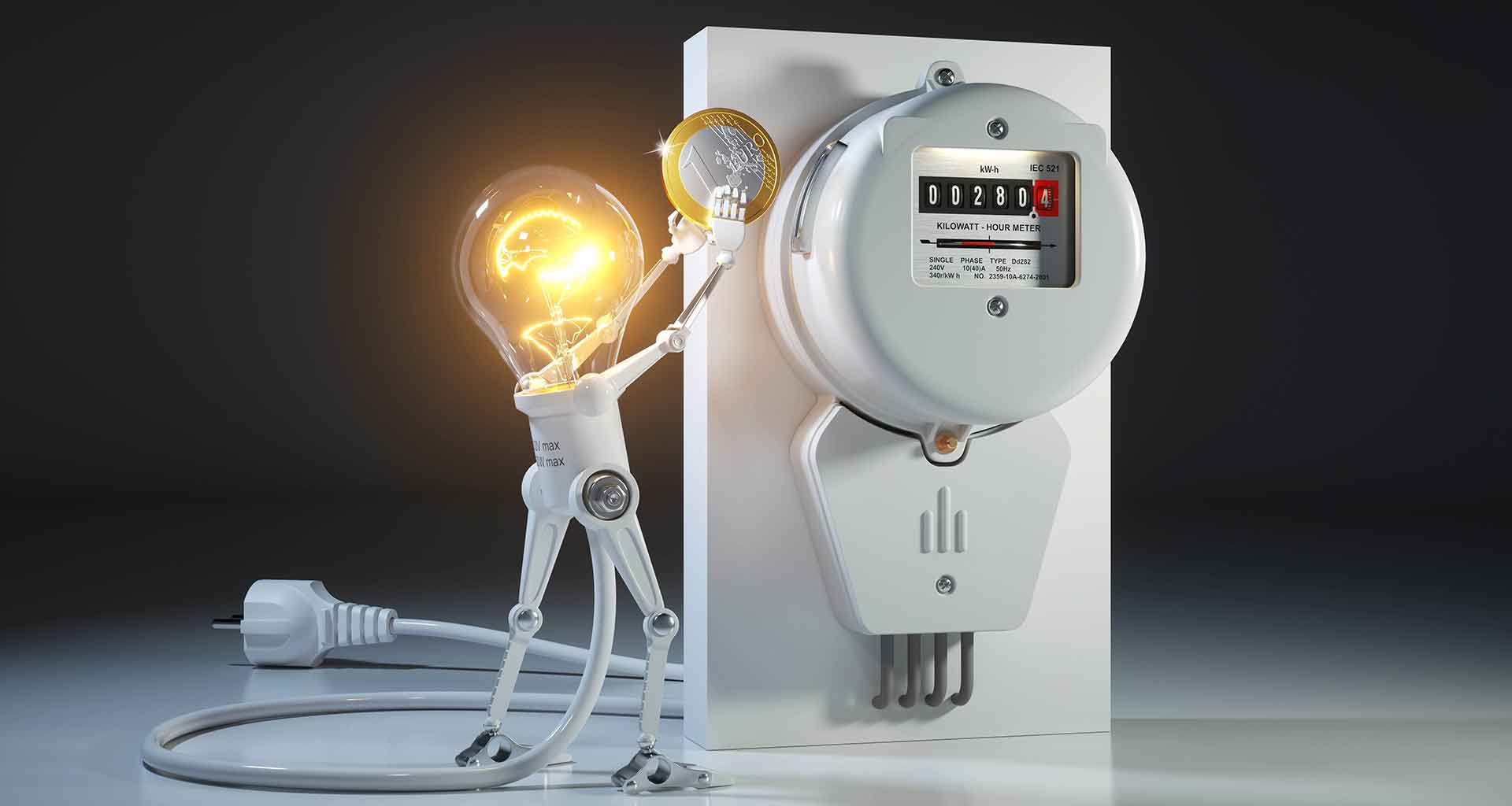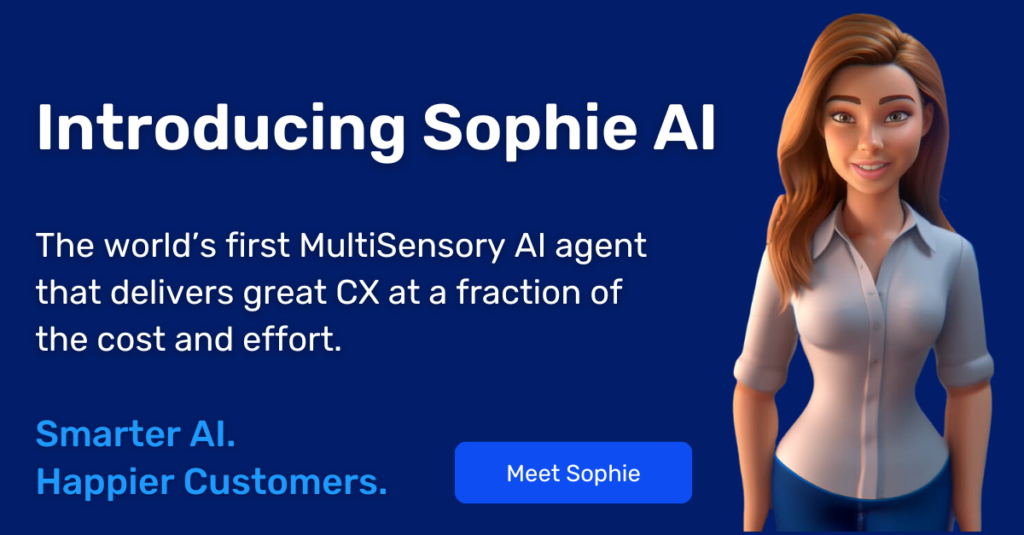Contents
- The Rise of Artificial Intelligence in Energy and Utilities
- Advances in AI
- How do Utility Companies Use AI?
- Achieving Quick Wins With AI in Utilities
- Curbing High Energy Bills With Predictive Analytics
- Smart Meter Reading With RPA
- Virtual Assistants for Smart Home Products
- Other Uses of AI in Utilities
- Artificial Intelligence in the Utilities Industry: A Summary
Artificial Intelligence is rapidly transforming many elements of our lives, including the utilities market – an industry that affects almost everyone. In this article, we will explore why – and how – utility companies are so eager to implement AI technology, as well as key applications for Artificial Intelligence in the utilities industry.
The Rise of Artificial Intelligence in Energy and Utilities
The utilities industry is shifting from a highly traditional, regulation-driven environment to a technology-driven, sophisticated marketplace. Utilities, such as energy, gas, water, and waste management, already rely on smart devices for optimization of infrastructure and the supply-demand balance.
This smart utility ecosystem generates huge amounts of data that must be analyzed to extract actionable insights. Artificial intelligence (AI) is helping to analyze this data in order to optimize supply-demand ratios, deliver proactive infrastructure maintenance and predict equipment failure. AI in utilities is also playing an increasingly central role in customer-facing interactions.
Advances in AI
The rapid adoption of AI for utilities can be attributed to a number of recent advances in the field:
- Heightened computational power: thanks to cloud accessibility, lowered cost and the increased training speed of deep learning algorithms.
- Explosion of Big Data: The mass amount of structured and unstructured data available from multiple sources within the utilities market makes it easier to train the AI algorithms.
- Improvements in machine learning: Algorithms that allow computers to uncover hidden patterns in existing utilities-based data serve as practical tools in developing advanced applications that serve the industry.
How do Utility Companies Use AI?
There is a telling paradox in the utilities market. While more than 90% of utility companies’ overall budget is dedicated to infrastructure and other operating costs, with less than 10% allocated towards customer service, the picture is very different when it comes to AI.
Gartner reports that the vast majority of utilities’ investment in Artificial Intelligence is earmarked for customer service. 86% of utilities already use AI in customer engagement applications, call center service and support, or digital marketing platforms, far exceeding AI use in other areas of operation. Utilities recognize that in the short-term, investment in AI can deliver the highest ROI in terms of improving speed and efficiency, enabling better data processing and analytics, and enhancing the customer experience (CX).
Unlike high-risk investments that impact utilities’ infrastructure, investment in customer-facing AI is considered low risk due to the maturity of the market. In addition, the large number of repetitive customer inquiries traditionally received by utilities has driven these companies to use AI in the automation of specific customer service problems, such as:
- Billing inquiries
- Payments
- Change of address or personal details
- Reports of service interruption / outages
- Reports of hazardous situations
- New service connections
Achieving Quick Wins With AI in Utilities
Choosing off-the-shelf AI solutions to target specific quick-win use cases enables utilities to realize immediate gains, and increase their confidence in the capabilities of AI. Once success has been established, utilities can roll AI out to other applications and use cases, such as customer service chatbots or automated IT help desks.
While other new technologies such as live video support have been extremely successful, AI is unique in that it enables the company to automate its customer service, improving customer experience while cutting costs.
Forward-thinking utilities have already made significant inroads in harnessing the power of Artificial Intelligence for utilities to deliver tangible business results. Some examples of use cases where AI has made a measurable impact include:
Curbing High Energy Bills With Predictive Analytics
Predictive analytics are helping utilities provide better energy management services by utilizing data, statistical algorithms and machine learning techniques to identify the likelihood of future outcomes based on historical data. For utilities, that means using data-driven insights to automatically deliver timely and relevant communications that wow consumers and optimize business operations.
According to Oracle, smart meters in the US generate one billion customer data points each day – that’s three thousand times more information than the old meters would collect. Add to that customer information from demographics and call history, and utilities have all the data they need to predict customers’ wants and needs. For example, AI-based predictive analytics can help energy companies forecast high bills before the bills are generated, and deliver personalized alerts to customers. AI also allows utility companies to segment customers and automatically target specific segments for promotions or energy-savings tips, thereby reducing operational costs, and further cutting customers’ energy bills.
Smart Meter Reading With RPA
Utility companies all have vast numbers of customers and an endless volume of daily transactions, each susceptible to human error.
According to UIPath, utility providers who switch their business processes to robotic-process automation (RPA) see a significant decrease in human errors, usually over 60%. RPA is an emerging form of business process automation technology based on software robots or artificial intelligence (AI) workers. RPA can automate tasks such as meter reading, billing, processing customer payments, and other back office tasks.
This is especially relevant with the US Energy Information Administration reporting that in 2017 there were close to 80 million smart meters installed in the United States, and that total is expected to reach 90 million by 2020. A team of RPA robots can be deployed to read smart meter information, freeing up valuable human resources.
Virtual Assistants for Smart Home Products
The smart home market is in a stage of hyper growth, driven in part by the consumer-driven demand for smart energy management. According to Priori data, the global smart thermostats market grew 56% between Q2 2016 and Q2 2017 to $218.5M. The global smart lighting market grew even more – 81% between Q2 2016 and Q2 2017 to $101.2M.
These smart home devices generate a massive number of support requests for installation, set up, troubleshooting and maintenance, often overwhelming customer support centers. Utilities can implement AI self-service capabilities that instruct customers how to install and operate smart devices by themselves.
For example, an AI-powered virtual technician can use computer vision to view the customer’s environment and provide a step-by-step unboxing experience, including installation and activation instructions. This eliminates the need for the customer to contact a human agent for assistance.
Other Uses of AI in Utilities
Beyond the customer-facing experience, AI has also proven to be exceedingly useful to utilities in managing internal processes and back-office tasks. For example:
- Load forecasting: Utilities use AI-based load forecasting algorithms to predict how much power must be generated to meet the short term, medium term or long term demand of their customers.
- Yield optimization: For better ROI, utilities are using AI-driven data analysis and other optimization techniques to maximize their power generation efficiency with real-time monitoring and adjustments.
- Energy theft: Fraud or outright theft is not uncommon in certain countries. AI can be used to detect usage patterns, customer data, payment history, and other variables that can flag suspicious activity.
Artificial Intelligence in the Utilities Industry: A Summary
AI is increasingly aiding utilities in managing, optimizing and maintaining not only their infrastructure, but their customer support operation as well. AI is helping utility companies automate repetitive customer inquiries and other tasks, thereby allowing them to concentrate on building customer relationships and taking their customer service to the next level.
Predictive analytics, RPA and virtual assistants are examples of use cases where Artificial Intelligence has transformed the utilities industry, delivering an enhanced CX and added value for the enterprise overall. With 83% of top European utilities executives considering AI a high to medium priority for their business, customers can expect further transformation of the utility industry in the future.







